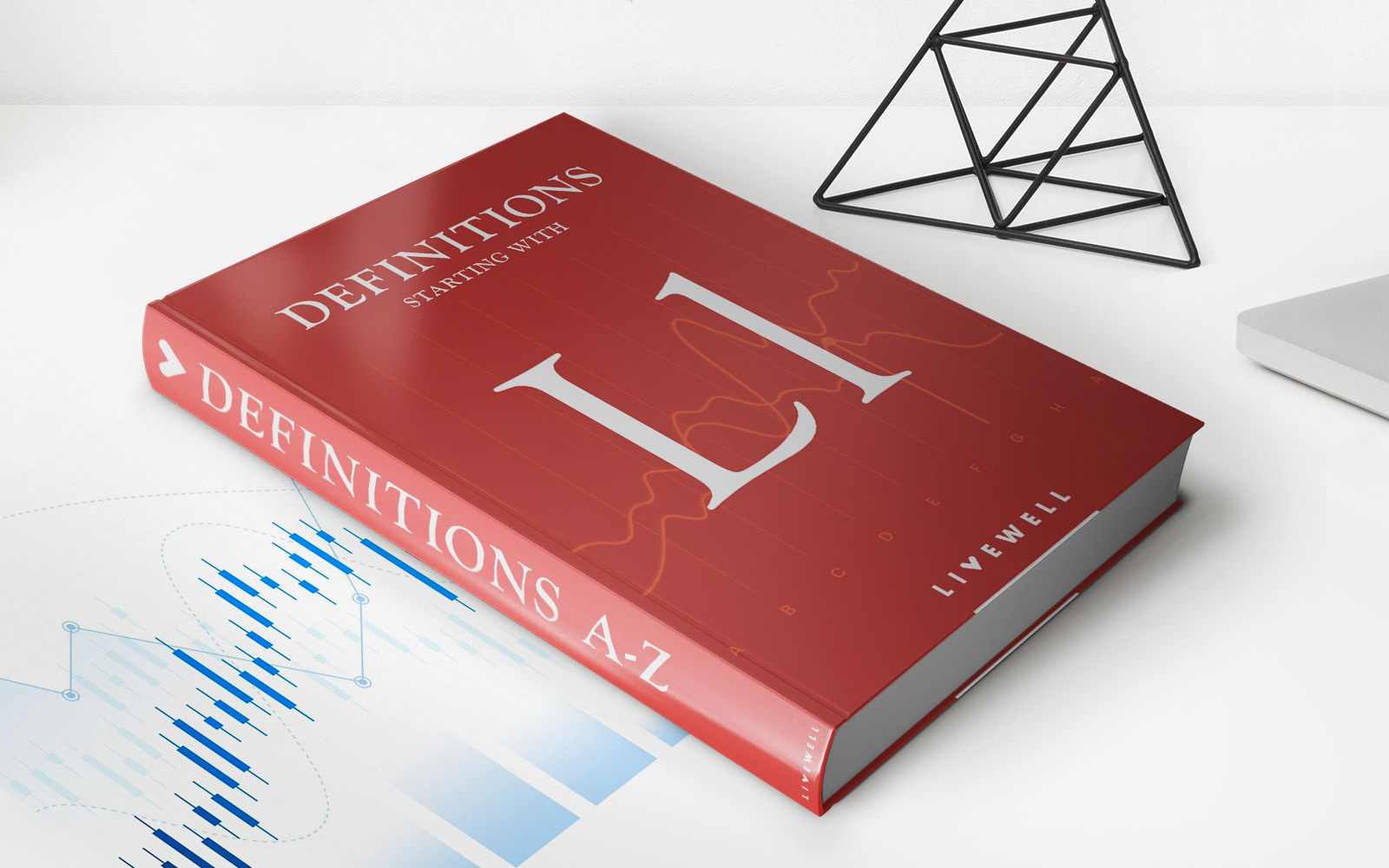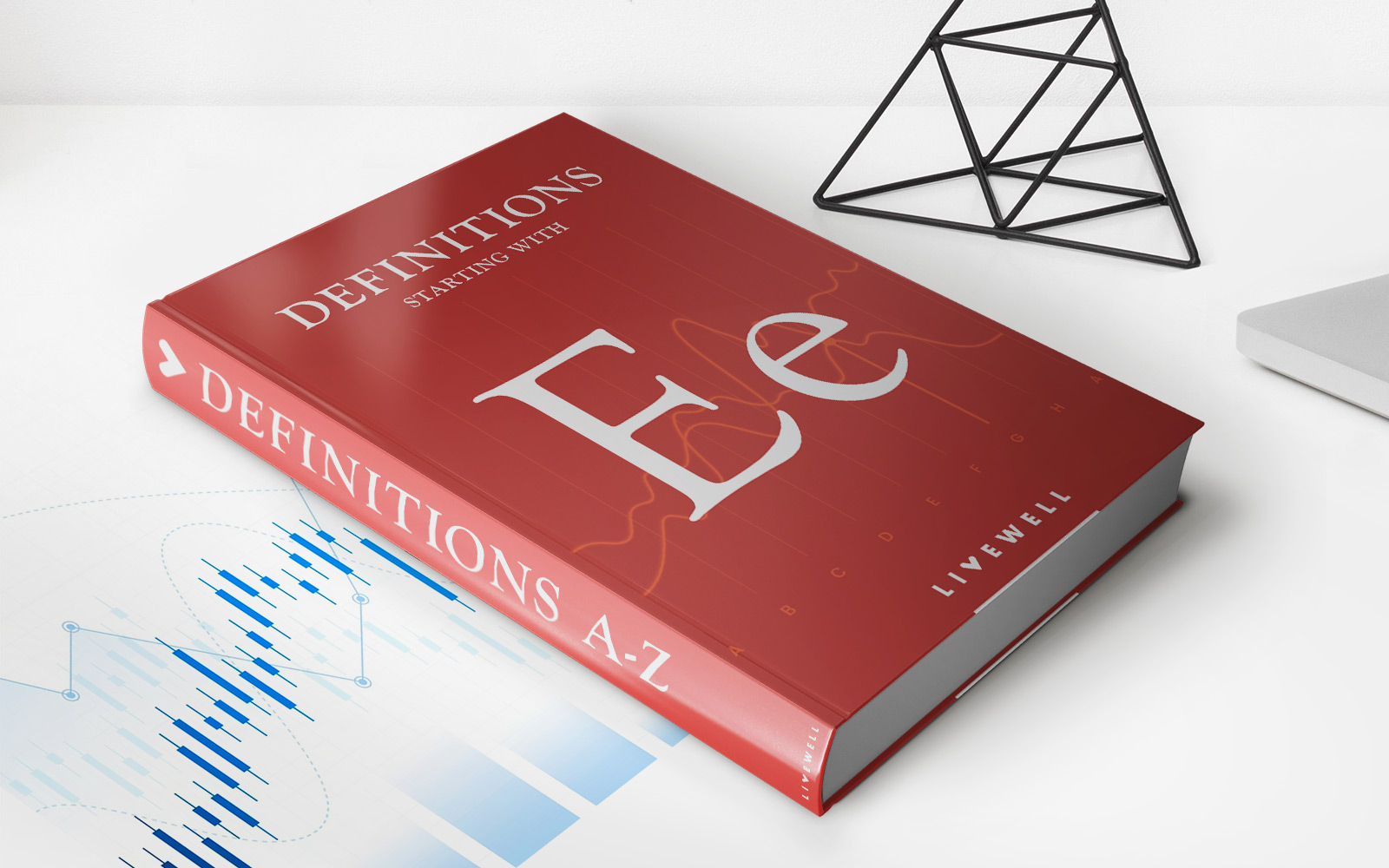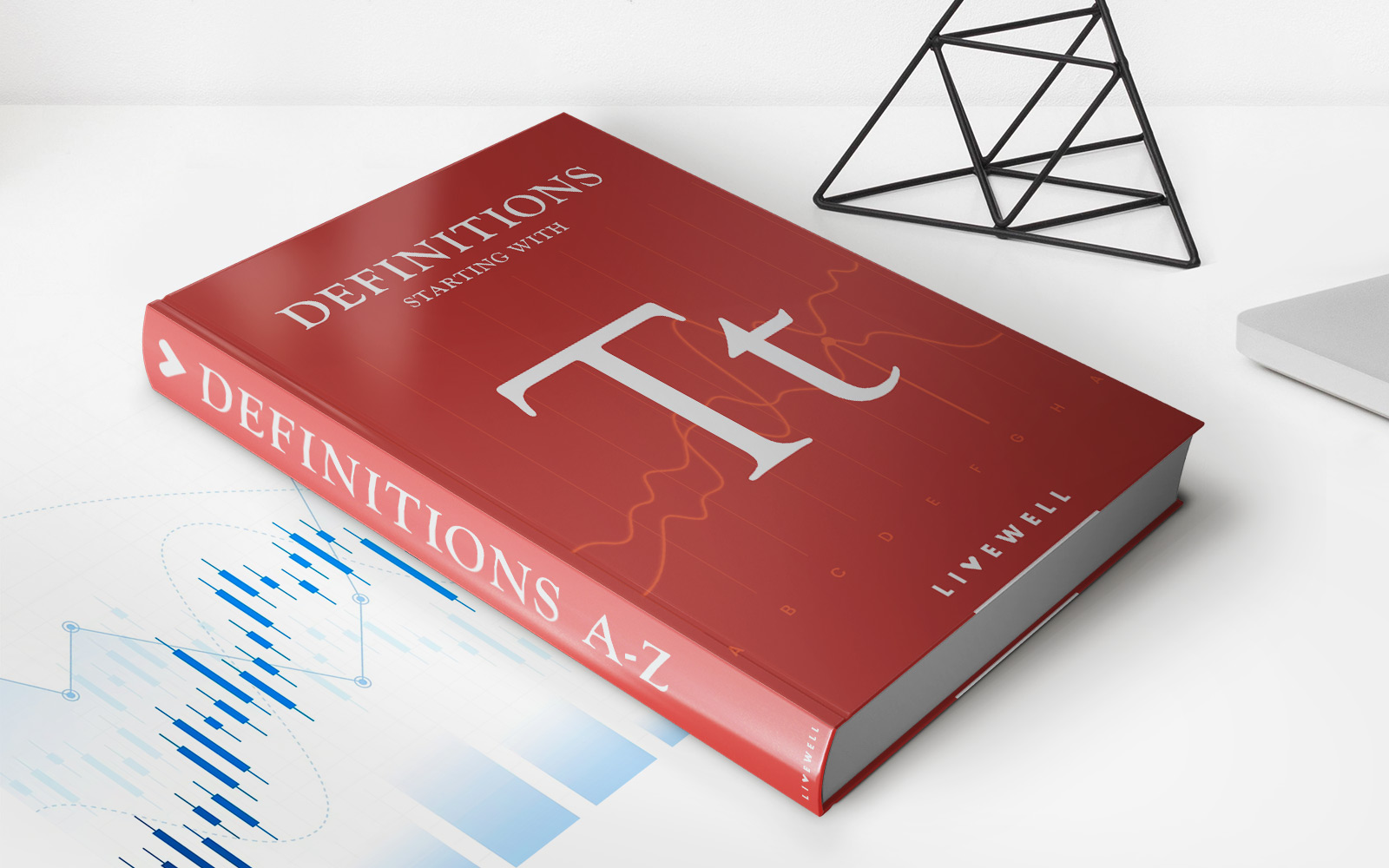Home>Finance>Long Position: Definition, Types, Example, Pros And Cons


Finance
Long Position: Definition, Types, Example, Pros And Cons
Published: December 20, 2023
Learn the definition, types, example, pros, and cons of long position in finance. Enhance your financial knowledge with this comprehensive guide.
(Many of the links in this article redirect to a specific reviewed product. Your purchase of these products through affiliate links helps to generate commission for LiveWell, at no extra cost. Learn more)
Understanding Long Position in Finance: Definition, Types, Example, Pros and Cons
Are you looking to expand your knowledge in the world of finance? You’ve come to the right place! In this blog post, we will delve into the concept of long position. What exactly does it mean, its types, and how can it impact your financial investments? Let’s find out!
Key Takeaways:
- A long position is when an investor purchases an asset with the expectation that its value will rise over time.
- It is a common strategy used in various financial markets, such as stocks, bonds, and commodities.
Defining Long Position
In finance, a long position refers to a scenario where an investor buys an asset, such as stocks or commodities, with the belief that its value will increase over a specific period. By taking a long position, investors aim to profit from the anticipated price appreciation of the asset.
Now that we have a clear definition, let’s dive deeper into the types of long positions:
Types of Long Positions
Long positions can be classified into two main types:
- Long Stocks: This is the most common type of long position, where an investor purchases stocks of a company with the expectation that their value will rise. By buying the shares, investors are essentially becoming partial owners of the company and stand to gain from any increase in the company’s stock price.
- Long Contracts: This type of long position applies to futures contracts, options, and other derivative instruments. Investors enter into a contract agreement to buy an asset at a predetermined price in the future, betting on the expectation that the asset’s value will increase. This allows investors to profit from the price difference between the contract’s agreed-upon price and the asset’s actual market value at the contract’s expiration.
Example of a Long Position
Let’s illustrate a practical example of a long position:
Imagine you believe that a certain company, ABC Corp, has solid growth potential in the coming months. You decide to take a long position by purchasing 100 shares of ABC Corp’s stock at $50 per share. Over time, the company performs well, and the stock price rises to $75 per share. By selling your shares at this price, you would have profited $2,500 ($25 increase per share multiplied by 100 shares) from your initial investment.
Pros and Cons of Long Positions
Like any investment strategy, long positions come with their own set of advantages and disadvantages. Let’s take a closer look:
Pros:
- Potential for Higher Returns: Long positions allow investors to benefit from the growth potential of an asset, which can lead to significant returns.
- Flexibility: Depending on market conditions, investors can hold their long positions for as long as they desire, giving them the freedom to wait for the ideal opportunity to sell.
- Diversification: By taking long positions in various assets, investors can diversify their portfolios and spread out their risk.
Cons:
- Potential Losses: If the asset’s value decreases instead of increasing, investors can experience losses on their long positions.
- Market Volatility: The financial markets can be unpredictable, and unexpected market fluctuations can impact the success of long positions.
- Opportunity Cost: Holding a long position ties up capital, limiting investors’ ability to allocate funds to other potential opportunities.
It’s essential to evaluate these pros and cons carefully before making any investment decisions to ensure they align with your individual financial goals and risk tolerance.
Conclusion
Long positions play a key role in the world of finance, offering investors a way to profit from anticipated price appreciation. Whether it’s long stocks or long contracts, understanding the different types and considering their pros and cons can help you make informed investment decisions.
Remember, always do thorough research, seek advice from financial professionals, and stay up-to-date with market trends to maximize your potential returns and minimize your risks.














